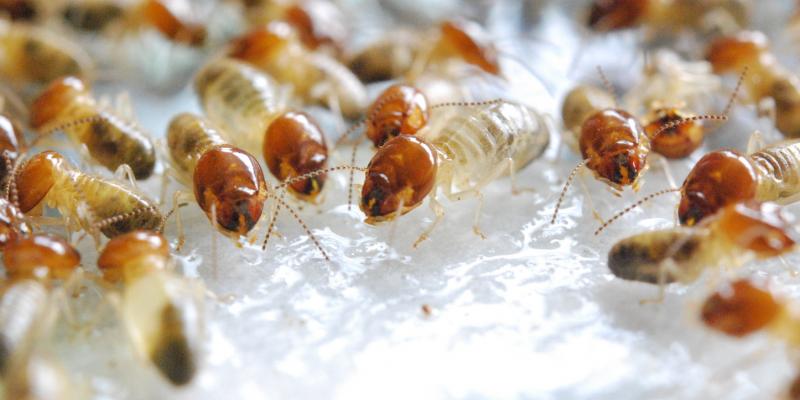Few things strike fear into the hearts of homeowners everywhere more than the mention of termites. These pesky critters are more than just a nuisance. If left unchecked, they can do some serious damage to homes - to the tune of around $5 billion in damage annually.
The key to staying ahead of these voracious insects is arming yourself with the knowledge you need to understand, treat, and prevent them. If you want to save yourself from a headache and thousands of dollars of damage, there are many things you can do to protect your East Valley home against termites. We’ll discuss everything you need to know about termites -- from the different species, signs of an infestation, termite treatments, and more.
What Types of Termites are Common in Arizona?
The first step to protecting your home from termite damage is determining exactly who your enemy is. Although there are many individual species of termites, they fall into four main categories: subterranean, dampwood, formosan and drywood. Although all of these termite types cause severe damage to your home, there are significant differences between them.
Subterranean termites
As their name suggests, subterranean termites make their nests underground; this is because their nest structure requires a significant amount of moisture to support, and nesting underground keeps their nest safe. These termites can enter your home through mud tubes that they construct, and swarmers can make their way inside by flying – a key way to identify them in your home. Subterranean termites eat the soft woods in your home and generally leave hardwoods intact.
The formosan termite is an invasive type of subterranean termite that is mostly present in the southern region of America, and it's one of the most common termites in Arizona. These termites can invade your home directly from soil contact or by using mud tubes like other subterranean termite species. They're notorious for being the most aggressive type of termite. Because they reproduce quickly and form colonies of millions of members at a time, they can rapidly decimate the wooden structures of your home.
Drywood termites
Unlike subterranean termites, drywood termites create their colonies inside of wood. These termites are also common to Arizona, and are often found in attics, where they can nest and wood and remain undisturbed. These termites can be differentiated not only by their home of choice, but by their distinctly hexagonal feces. These bugs usually swarm in the warm seasons. They don't require wood to be damaged, and will usually eat across the grain of even healthy wood inside your home.
What are Signs of Termites in Your Home?
Although huge in terms of damage, the signs of termite damage are often very subtle. Many homeowners aren’t aware that there are termites in their home until there has already been substantial damage.
Take the time to do a thorough home inspection a few times a year to check your home for termites. There are many signs to look for that can clue you into their presence in your home, including:
- Small fecal pellets
- Sagging floors, walls and ceilings
- Mud tubes and tunnels
- Discarded termite wings around windowsills and other home openings
Checking your home regularly for these signs of termites can help you stay ahead of the game and ensure that if they make their way into your home, you’ll know about it.
What Brings Termites Into Your Home?
Even if you don’t currently have termites in your home, you may be wondering what brings termites into homes in the first place. Your home may have a greater chance of infestation if it has any of the following risk factors:
- Excess moisture accumulation in your home
- Exposed wood (rotting or otherwise)
- Untreated trees and plants in your landscape
- Dead or decaying wood around your home
- Old and decaying mulch in your garden
To prevent termites in your home, fix moisture problems quickly and ensure that all wood in and around your home is properly treated. Watch out for dead and decaying wood around the perimeter of your home and have mulch around your landscape replaced regularly. Although these may not prevent all termite infestations, keeping these tips in mind will help minimize your risk.
How to Treat for Termites
There are many different ways to treat termites in your home, and each method depends on the kind of termites you are treating. Various termite treatment options include:
- Baiting systems.
- Chemical treatments.
- Chemical barrier treatments.
Although it may be tempting to try to take care of your termite prevention and treatment on your own, doing so could be risky. Incorrect application of chemical treatments can be dangerous for your family and pets, and oftentimes, it is only a short-term fix. When it comes to termites, seeking professional help is going to be your best bet. Your home is one of the biggest investments you make-- don’t you want to protect it?
Let the Professionals Help
If you’ve noticed one or more of these signs — or if your home is between three to five years old and you want to be proactive in preventing a possible future subterranean termite infestation, let the experts at Defense Pest Control help. Whether you’re looking to take preventative measures against termites or you think you might need expert help to stop an existing infestation, we are your best option for termite control!



